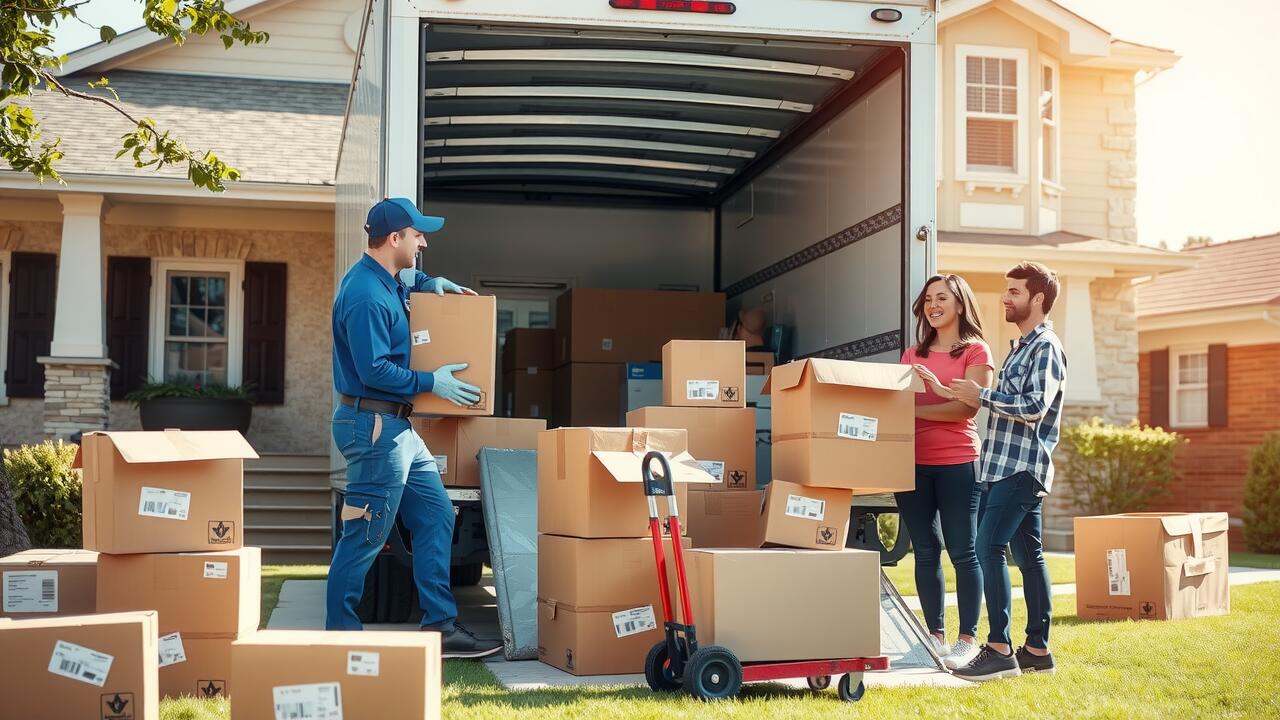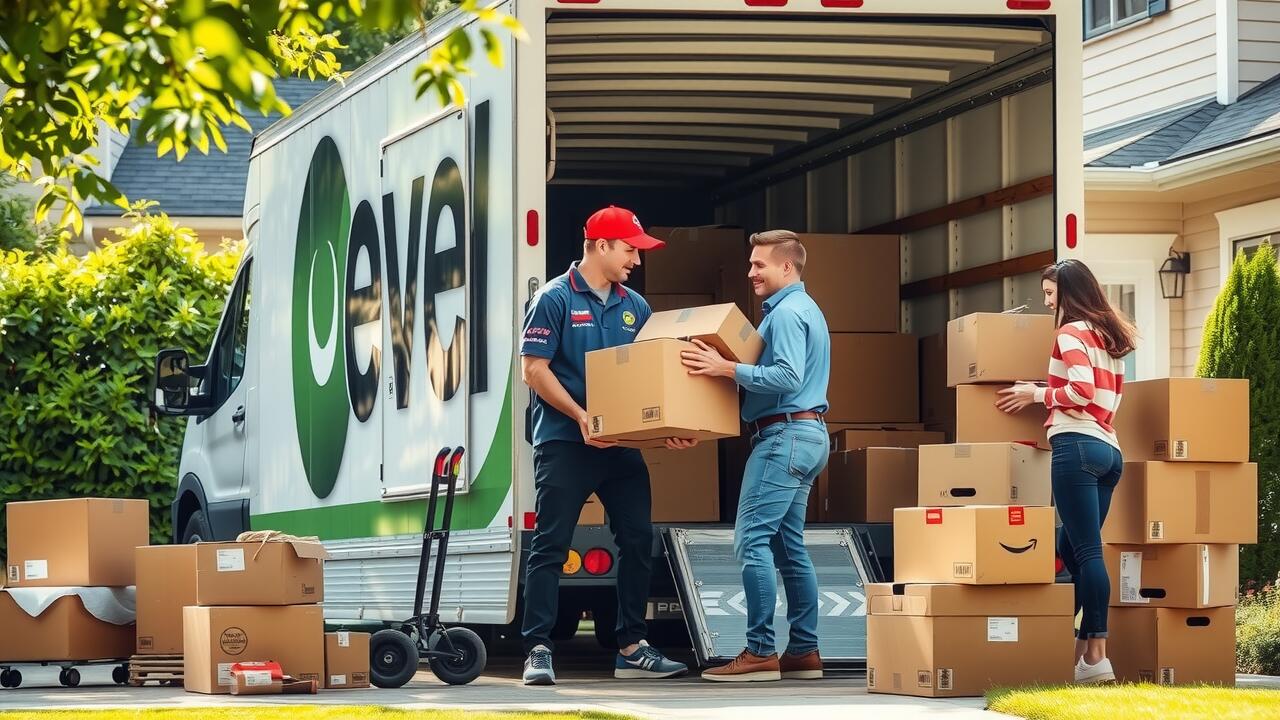
Table Of Contents
Community Definitions of Locality
Community definitions of locality can vary widely depending on cultural, historical, and social factors. In urban environments, locals may define their community based on neighborhood lines, while in rural areas, a broader geographic area may be considered local due to the sparse population. In Spokane Valley, Washington, for example, the perception of what constitutes a local area can significantly influence community interactions and engagement.
When planning activities or services, understanding these varying perceptions becomes essential. Local and long distance moving in Spokane Valley, Washington, illustrates this point well. Residents may define their local moving needs differently compared to those looking for long-distance options, reflecting individual interpretations of community proximity and belonging. Such definitions can guide businesses in tailoring their services to better meet the expectations of local residents.
How Neighborhoods Set Their Boundaries
Neighborhoods often set their boundaries based on a mixture of historical context, community input, and geographical features. Streets, parks, and natural landmarks typically define borders, aiding residents in identifying common areas and fostering a sense of belonging. Organizations and community groups frequently engage in discussions to reassess and formalize these boundaries, ensuring they reflect the evolving needs of the residents.
When it comes to services like Local and Long Distance Moving in Spokane Valley, Washington, understanding neighborhood boundaries can be crucial. Movers and real estate professionals often rely on these designated areas to determine pricing, availability, and even market trends. For residents, knowing their neighborhood's boundaries can help in making informed decisions about where to live and participate in community activities.
Miles Considered Local for Events
When organizing events, the definition of what is considered local can vary significantly depending on the context. For community gatherings, sports events, or festivals, a radius of 10 to 20 miles is often seen as a traditional benchmark. This distance accounts for participants who may not live immediately in the vicinity but are still likely to engage with the event due to local ties or community connections.
For businesses related to Local and Long Distance Moving in Spokane Valley, Washington, understanding local boundaries is crucial for marketing and service offerings. Often, movers will define their local service area based on different criteria, such as travel time and accessibility. By doing so, they can effectively target their customer base while still accommodating those who may live slightly beyond the typical local radius.
Local Participation in Community Activities
Active participation in community activities fosters a sense of belonging among residents. Events like farmers' markets, festivals, and local workshops encourage neighbors to connect and collaborate. Individuals often feel more inclined to join activities that are conveniently located within their radius, enhancing attendance and engagement. This involvement not only enriches the community's culture but also strengthens relationships among its members.
Understanding the local context is essential for businesses planning to participate in community endeavors. Companies like those specializing in Local and Long Distance Moving in Spokane Valley, Washington, often engage in local events to establish their presence and connect with potential customers. When businesses recognize and adapt to the preferences of their surrounding community, they can create tailored services that resonate well and encourage ongoing involvement.
Real Estate and Local Radius
In the realm of real estate, the concept of "local" can vary significantly depending on the market. Buyers often look for properties within a specific radius, typically ranging from one to five miles from a desired location. This radius helps define neighborhood boundaries and influences trends in home prices. Factors such as commuting patterns, school districts, and amenities play a vital role in how individuals perceive locality.
When considering Local and Long Distance Moving in Spokane Valley, Washington, the understanding of local radius becomes even more crucial. Moving companies typically define local moves as those under a certain distance, which often aligns with how residents define their communities. Being within this local range allows for easier access to services and a better sense of belonging for individuals and families.
Determining Locality for Property Listings
When determining the locality for property listings, real estate professionals often analyze the radius that buyers and sellers consider local. Typically, this radius can range from one to five miles, depending on city layout, accessibility, and community amenities. Urban areas might have a smaller radius due to higher density, while suburban regions may extend the definition of local to capture the interest of potential buyers who are willing to travel longer distances.
Understanding the local market helps agents tailor their listings and marketing strategies. For example, the relevance of awareness around services such as "Local and Long Distance Moving in Spokane Valley, Washington," becomes crucial. Its inclusion in marketing materials not only addresses practical needs but also resonates with clients seeking familiar, nearby options when considering a move or property purchase.
FAQS
What is typically considered a "local" radius in terms of miles?
A local radius is generally considered to be within 5 to 10 miles, although this can vary based on community definitions and local contexts.
How do neighborhoods define their boundaries for what is considered local?
Neighborhoods often define their boundaries based on historical, cultural, or geographical factors, which can influence how they perceive what is local.
Are local event participation rates affected by the distance people have to travel?
Yes, local participation in community activities tends to decline as the travel distance increases, with most people preferring events within a few miles of their homes.
How is a local radius determined for real estate listings?
Locality for property listings is often determined by factors such as proximity to amenities, schools, and public transportation, typically falling within a 5 to 10-mile range.
Can the definition of a local radius change over time?
Yes, the definition of a local radius can change due to urban development, population growth, or shifts in community dynamics, affecting how residents view their local area.
